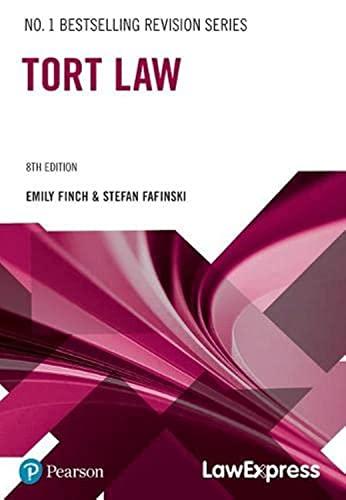Kindly tutors help me in answering the questions below respectively
A company incurs a liability to pay $1, 000(1+0.4/) at the end of year /, for / equal to 5, 10, 15, 20 and 25. It values these liabilities assuming that in the future there will be a constant effective interest rate of 7% per annum. An amount equal to the total present value of the liabilities is immediately invested in two stocks: Stock A pays coupons of 5% per annum annually in arrears and is redeemable in 26 years at par. Stock B pays coupons of 4% per annum annually in arrears and is redeemable in 32 years at par. The gross redemption yield on both stocks is the same as that used to value the liabilities. (1) Calculate the present value of the liabilities. [3] (ii) Calculate the discounted mean term of the liabilities. [3] (iii) If the discounted mean term of the assets is the same as the discounted mean term of the liabilities, calculate the nominal amount of each stock which should be purchased. [9] [Total 15]An 80% controlling interest was acquired in a subsidiary company when it had equity shares with a book value of E800,000 in issue and retained earnings of $600,000. The book value of the subsidiary's equity shares remain unchanged but retained earnings are now worth $900,000. What value should be attributed to the non-controlling interest in this subsidiary?Company A and B are in the same risk class and are identical in every respect except that Company A is geared while B is not. Company A has Sh 6 million in 5% bonds outstanding. Both companies earn 10% before interest and taxes on their Sh 10 million total assets. Assume perfect capital markets, rational investors, a tax rate of 60% and a capitalization rate of 10% for an all equity company. Required: (a) Compute the value of firms A and B using the net income (NI) approach and Net operating income (NOI) approach. (b) Using the NOI approach, calculate the after tax weighted average cost of capital for firms A and B. Which of these firms has the optimal capital structure according to NOI approach? Why? (c) According to the NOI approach, the values of firms A and B computed in (a) are not in equilibrium. Assuming that you own 10% of A's shares, show the process which will give you the same amount of income but at less cost. At what point would this process stop









